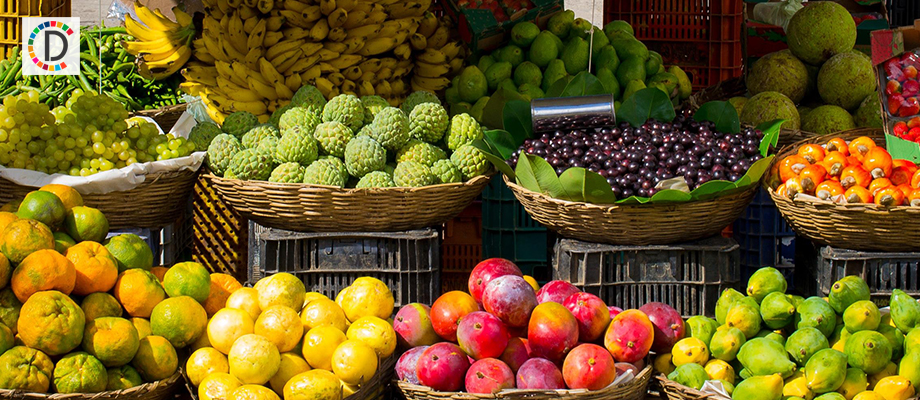Kenya's Coastal Villages Turn to Seaweed Farming Amid Climate Challenges
Facing drought, Kenya's coastal village of Mwazaro switched from maize to seaweed farming. The industry has rapidly grown to 20 villages, improving infrastructure and livelihoods. Despite lagging behind Tanzania, Kenya is expanding seaweed exports globally, benefiting locals financially while boosting the economy.

The coastal village of Mwazaro in Kenya has shifted its agricultural focus due to harsh drought conditions, moving from traditional crops such as cassava and maize to cultivating seaweed. This resilient pivot is a response to climate changes, with seaweed now being planted and dried across the beachfront by numerous communities, nurturing a rising demand both domestically and internationally. Products derived from seaweed, including soaps, shampoos, and food powders, are gaining popularity. Introduced in Kenya in 2008, the seaweed industry has quickly spread to 20 villages, according to David Mirera from the Kenya Marine and Fisheries Research Institute.
In Kibuyuni, a neighboring village, the seaweed farming boom has led to infrastructure upgrades and improved electricity access, as highlighted by Kassim Ramtu Bakari of the Seaweed Farmers' Cooperative. This industry supports over 100 households, providing employment opportunities and improving living standards. For individuals like Tima Jasho, seaweed farming has facilitated financial independence, allowing her to afford her children's education and upgrade her home.
The promising seaweed sector in Kenya produced nearly 100 tons valued at more than $30,000 in 2022, with significant exports to global markets such as China, France, and the United States. While Kenya's production levels haven't yet matched those of neighboring Tanzania, regarded as a global leader, this agricultural shift is seen as a growth sector. The global seaweed market has surged from $5 billion in 2000 to $17 billion by 2021, reflecting its widening economic potential.
(With inputs from agencies.)
ALSO READ
Rachel Reeves: Charting Britain's Path to Economic Growth
Greece's Minimum Wage Tied to Economic Growth
Forecasts Point to Sustained Global Economic Growth Amid Key Interest Rate Cuts
World Bank Report Unveils Breakthrough in Tracking Economic Growth
Karnataka Partners with 3F Oil Palm for Sustainable Agriculture Growth










